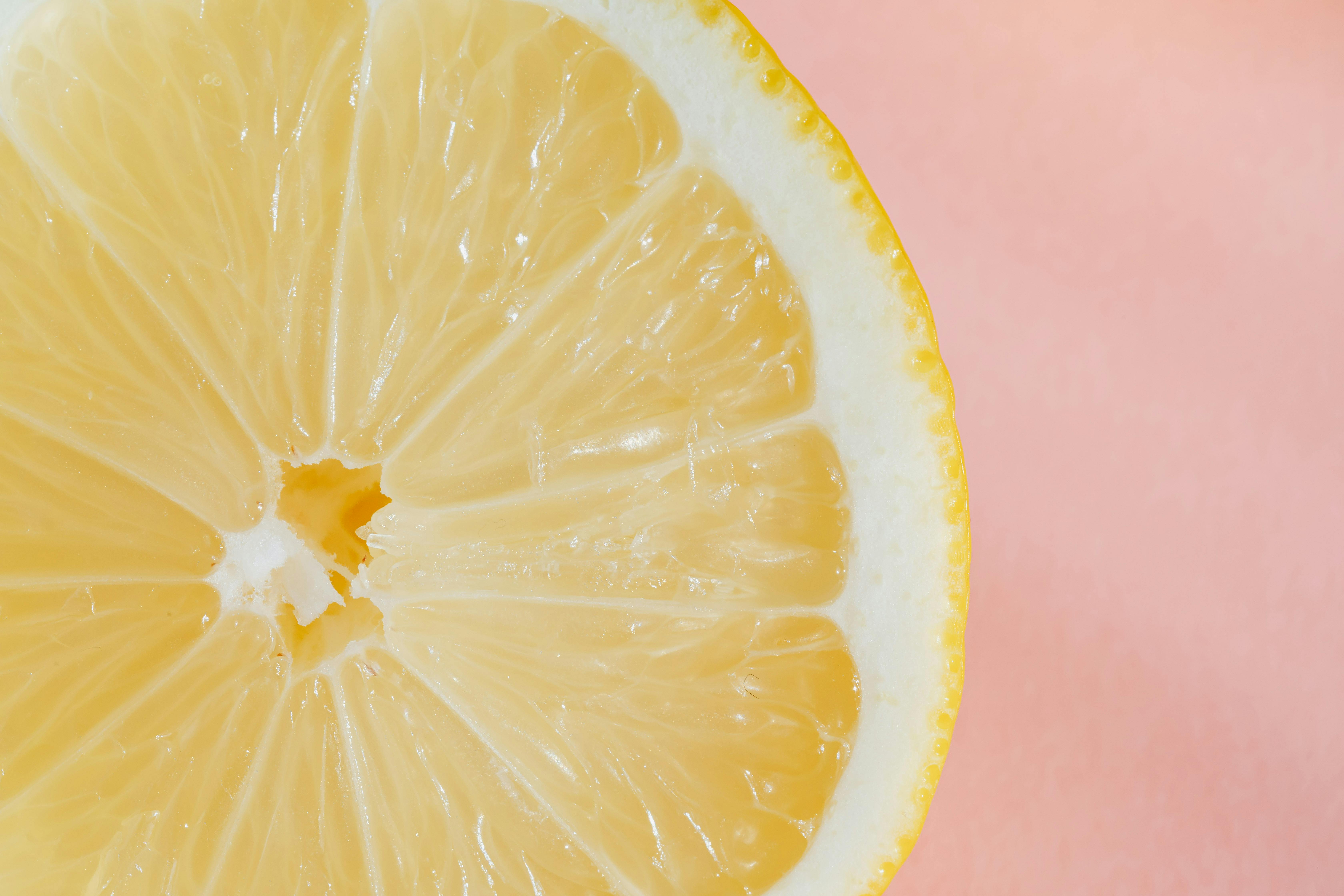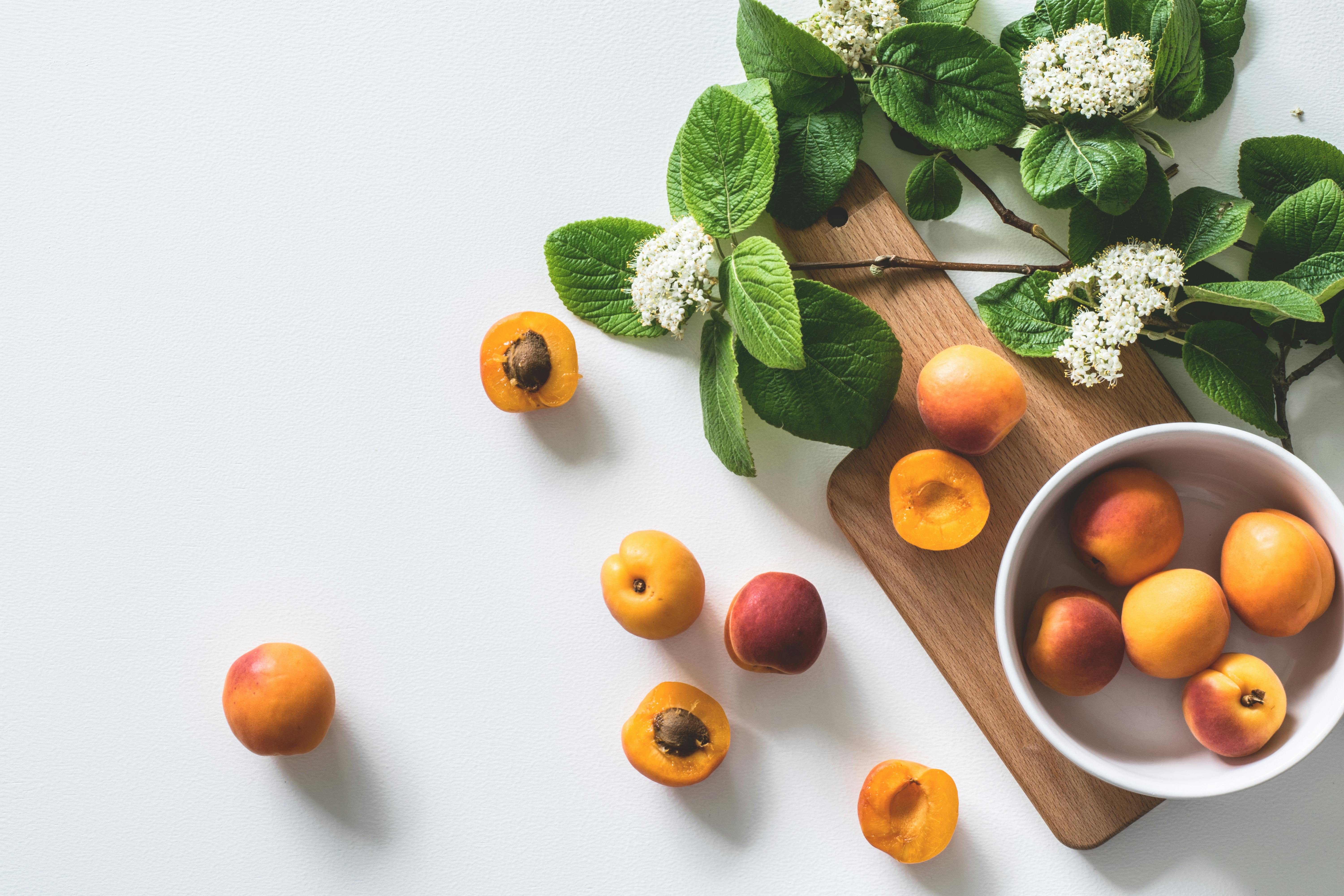Dragon fruit, or pitaya, is a sweet and juicy tropical fruit that is native to Central and South America. It’s known for its vibrant pink skin and unique shape. While the taste of a dragon fruit can vary depending on how ripe it is, knowing when a dragon fruit is ripe can be tricky. To help you determine if your dragon fruit is ready to eat, here are some tips on how to know when a dragon fruit is ripe.Determining if a dragon fruit is ripe can be tricky, as there are no obvious signs like there are with other fruits. To check if a dragon fruit is ripe, start by examining the exterior. The skin should feel slightly firm and be brightly colored, with no blemishes or bruises. If the skin has wrinkles or feels too soft, it could mean that the dragon fruit is overripe. Next, give the fruit a gentle squeeze to see how firm it is. A ripe dragon fruit should be slightly squishy but still retain its shape when you let go. Finally, take a sniff of the stem end of the dragon fruit and inhale deeply; if it smells sweet and fragrant, it’s likely ready to eat.
Why Dragon Fruit Gets Ripe
Dragon fruit, also known as pitaya, is a tropical fruit that grows on cacti. It has a unique flavor and texture and is often used to make juices, smoothies, and desserts. But why does dragon fruit get ripe? There are several reasons why dragon fruit ripens, including climate, soil conditions, and the type of cactus it grows on.
Climate plays an important role in the ripening process of dragon fruit. In order for the fruit to be at its best when harvested, it needs to be grown in warm and dry climates with plenty of sunshine. The intense heat of these climates helps the dragon fruit mature quickly and evenly.
The type of soil also affects how quickly dragon fruit ripens. Soil that is too wet or too dry can prevent the fruits from maturing properly. Ideally, growers should use a soil rich in organic matter with good drainage. This type of soil helps retain moisture and provides adequate nutrients to help the fruits mature faster.
Finally, the type of cactus that the dragon fruit grows on can also affect how quickly it ripens. Some varieties take longer to ripen than others and require special care during cultivation in order for them to reach their full potential. For example, some varieties may need additional pruning or watering in order for them to reach their maximum size before being harvested.
These are just some of the reasons why dragon fruit gets ripe so quickly. With proper climate conditions and care during cultivation, growers can ensure that their fruits are ripe and ready for harvest when they need them most!
Colors and Shapes
When selecting a dragon fruit, look for a bright pink or yellow color on the outside. The shape of the fruit should be oval or round. It should have a smooth and waxy skin with no blemishes or soft spots. If the color is too pale or the shape is off, it could indicate that the fruit is overripe or under-ripe.
Size and Weight
The size and weight of the dragon fruit will vary depending on the variety. However, in general, it should feel heavy for its size and have a slightly soft texture when touched. Avoid any fruits that are too soft or have visible bruises as this can indicate they are not fresh.
Texture
When selecting a dragon fruit, make sure to choose one with firm flesh that is juicy and sweet. It should have a mild aroma and taste like a combination of kiwi and pear when cut open. Avoid any fruits that are overly hard, dry, or have an unpleasant smell as this could mean they are not ripe yet or are starting to rot.
Seeds
The seeds of a dragon fruit can vary in color from white to black depending on the variety. Make sure to check for any discoloration in the seeds as this could signify an old fruit. The seeds should also be firm and intact when touched as this indicates freshness.
Buying Dragon Fruits
Dragon fruits are becoming increasingly popular due to their unique flavor and health benefits. If you’re looking to purchase dragon fruit, there are a few things to consider. First, it’s important to know where the dragon fruit was grown and how it was harvested. Knowing where the dragon fruit came from will help you make sure that it is of top quality and safe for consumption. Additionally, look for dragon fruits that have bright colors and are firm to the touch. Avoid any dragon fruits that have blemishes or discoloration as these may be signs of spoilage or rot. Dragon fruits should also be free from any unpleasant odors or smells.
When purchasing dragon fruit, it’s also a good idea to inquire about when the fruit was harvested and how long it has been in storage. This information can help you determine if the dragon fruit is still fresh or if it has been sitting around for too long. Additionally, ask the seller if they know of any methods for storing dragon fruit so that it stays fresh longer after purchase. Finally, try to buy organic dragon fruits whenever possible as these are likely to be of higher quality than conventionally grown varieties.
Signs of Ripe Dragon Fruit
Dragon fruit, also known as pitaya, is a tropical fruit with an edible, juicy flesh inside a tough, leathery skin. It has a sweet and delicate flavor with hints of kiwi and pear. To ensure the best flavor and texture of the dragon fruit, it is important to know when it is ripe and ready to be eaten. There are several signs that indicate ripeness in dragon fruit.
The first sign of ripeness in dragon fruit is its skin color. As the fruit ripens, its skin changes from green to yellow or pink depending on the variety. Another sign is that the scales on the skin become softer and more pronounced as the fruit ripens. The scales will also begin to separate from one another slightly, which indicates that the dragon fruit is ripe.
The texture of a ripe dragon fruit should also be considered when determining if it is ready for consumption. Ripe dragon fruits are soft when gently squeezed but still retain some firmness in their flesh. If it feels too soft or mushy, then it may be past its peak ripeness. When cutting open a dragon fruit, you should see bright pink or white flesh without any brown spots or discoloration. This indicates that it has reached optimal ripeness and can be enjoyed right away.
Finally, ripe dragon fruits will have an aromatic scent that can be detected when you bring it up close to your nose. The scent may vary depending on the variety of dragon fruit but should still smell sweet and pleasant overall. If there is no scent at all or if it smells sour or fermented, then it likely means that the dragon fruit has gone bad and should not be eaten.
Once you’ve determined if a dragon fruit is ripe or not, you can then enjoy its sweet taste in salads, smoothies or as part of other recipes!

What Happens When a Dragon Fruit Overripe?
When a dragon fruit becomes overripe, its texture and flavor will change. Its skin will become wrinkled and soft, while the pulp will become mushy and sweet. The sweetness of the fruit can also become more intense as it gets older. The color of the pulp will also be darker in hue than when it was fresh. In addition, the seeds inside the fruit may become more noticeable as the pulp breaks down. As a result, an overripe dragon fruit may not be suitable for eating raw. However, it can still be used in recipes such as smoothies or jams to add sweetness and flavor.
How Long Does A Dragon Fruit Take to Ripen?
Dragon fruit, or pitaya, is a delicious and exotic fruit native to Central and South America. It has a unique flavor and texture that makes it a favorite among many. But the question remains: how long does it take for a dragon fruit to ripen?
The answer depends on the type of dragon fruit you have. The most common types are the white flesh varieties, which typically take about two weeks to ripen. The red-fleshed varieties, which are more sweet and juicy, can take up to three weeks or more to ripen. As with any other fruit, if you leave it on the vine too long, it will start to spoil.
To speed up the ripening process, you can place your dragon fruit in a paper bag with an apple or banana for a few days. The ethylene gas produced by these fruits will help speed up the ripening process. You can also place your dragon fruit in direct sunlight or in front of a fan for about one hour per day. This will help increase airflow around the fruit and allow it to ripen faster.
Once your dragon fruit is ripe, be sure to enjoy it as soon as possible! Dragon fruits don’t last very long once they’re ripe, so eat them within two or three days after they’ve ripened. Store them in the refrigerator if needed but be aware that cold temperatures can cause them to lose flavor and texture quickly. Enjoy your dragon fruit fresh or cut into pieces and add it to salads or smoothies!
What Does an Unripe Dragon Fruit Look Like?
Dragon fruit, also known as pitaya, is a tropical fruit native to Central and South America. Its unusual appearance can be striking, but determining whether the fruit is ripe or not can be tricky. An unripe dragon fruit looks quite different from a ripe one.
Unripe dragon fruit has a bright green skin, which will often be covered in thorns or spikes. The flesh of an unripe dragon fruit is typically bright white, while the flesh of a ripe dragon fruit will be a deep pink or magenta color. The texture of the skin and flesh of an unripe dragon fruit will also feel much firmer than that of a ripe one.
The taste of an unripe dragonfruit is often quite bland and watery, compared to the sweet flavor of a ripe one. If you bite into an unripe dragonfruit you may also find it has an acidic flavor. Therefore it’s best to wait until the skin turns deep pink before consuming it.
When shopping for dragonfruit, look for ones with bright green skins that are free from blemishes or soft spots. You can also gently press on the skin to test its firmness; if it feels soft then it may be over-ripe. Ripe dragonfruit should also have a sweet aroma to them when you sniff them.
In summary, an unripe dragonfruit will have a bright green skin covered in thorns or spikes, white flesh that is firm to touch, and a bland taste with hints of acidity. If you want to enjoy sweet tasting dragonfruits then wait until they turn deep pink before consuming them!

Conclusion
Choosing a ripe dragon fruit can be tricky, but if you know what signs to look for, you can find the perfect one. Look for one with a bright, even color and give it a gentle squeeze. The flesh should be slightly soft and the skin should have some wrinkles. If it has a sweet smell, it’s likely ripe and ready to eat. Dragon fruits are incredibly healthy and packed with vitamins, minerals, and antioxidants. Enjoy them as part of your healthy diet!
No matter how you choose your dragon fruit, remember that the most important thing is to enjoy it in moderation for maximum health benefits.



